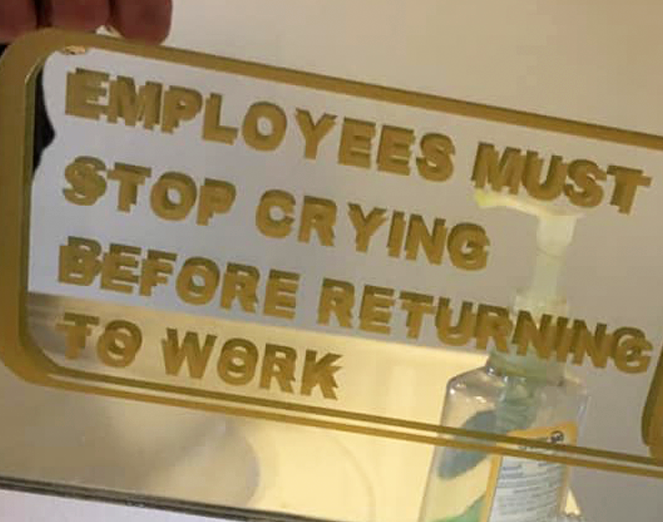

Pretty sure that’s their point. Say a product costs $100 dollars with no tariffs. If you import the product from the EU with a 15% tariff, it’s now $115 with tariffs (assuming no tariffs importing the chips into the EU). If you manufacture the product in the US, you need to pay 100% tariffs for all the chips. Obviously the impact depends on how much the chips cost relative to the entire product, but if the chips are half the cost ($50), then with a 100% tariff you’re now paying $150 for the product manufactured in the US.










Looking into it, the US implementation goes down into the components, so yes. Except, I believe it’d be $50 chip @ 100%, other components at whatever tariff rates they may have, and then the 15% per-country/region tariff applies to all of it on top. So if the other components have no tariffs, it’d be $172.50. I’m now wondering how expensive everything would end up if you have tariffs on materials as well.
In any case though, it becomes ludicrously expensive no matter what because you’re at most dodging the 15%.
EDIT: You can also dodge some of the tariffs if some percentage of the product is made in the US. I wonder if you’d be able to dodge the chip tariff if the materials for it were partially sourced from the US. If possible, that’d probably be cheaper for companies than actually trying to manufacture chips here.
EDIT 2: Actually your calculation may be right, I’m having a hard time finding how they’re actually meant to be calculated. Admittedly it seems a bit weird to me that the rate would override the country-specific rate and thus be the same for chips from the EU and China, but I suppose none of this makes sense in the first place.